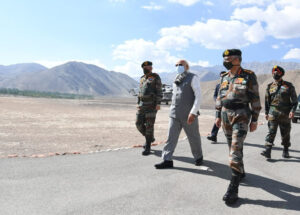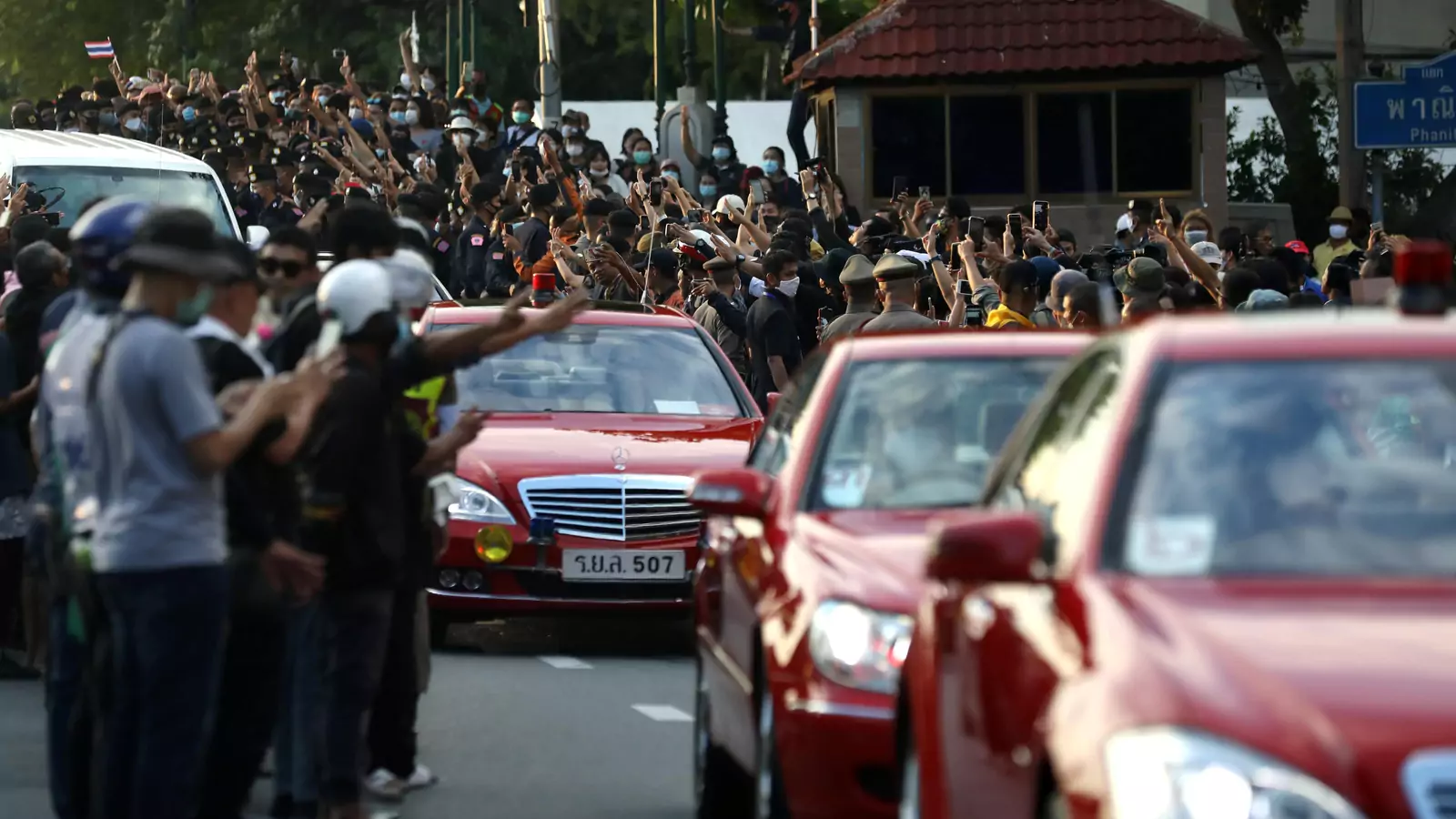By Sarosh Bana

EXECUTIVE SUMMARY: Despite military and political parleys between India and China to reach an understanding on their border dispute, the situation is careening toward a flashpoint. An estimated 50,000 Chinese PLA troops now control a combined area of about 1,000 square kilometers in India’s eastern Ladakh. India has few options with which to confront China’s unilateral redrawing of the LAC.
In what is the most serious dispute between India and China since they went to war in 1962, over 50,000 Chinese People’s Liberation Army (PLA) soldiers have breached the de facto border called the Line of Actual Control (LAC) to overrun numerous strategic areas in India’s eastern Ladakh.
The situation is growing increasingly dangerous. Indian intelligence estimates that through its sustained push, China now controls a combined area of about 1,000 square kilometers in this border region. Beijing has thus unilaterally redrawn the LAC.
China’s military offensive in Ladakh is not merely tactical, but has the strategic object of realizing specific long-term objectives. The PLA’s moves are, after all, being directed by the top leadership: the Central Military Commission (CMC), which is chaired by Chinese president Xi Jinping.
Chinese Han culture is goal-oriented. Its military might well believe that if it invades a territory at will and meets little resistance, it is under no obligation to retreat on request.













/cloudfront-us-east-1.images.arcpublishing.com/mco/KLEHOICG65CQ7GFHY3FI7RLIOE.jpg)

